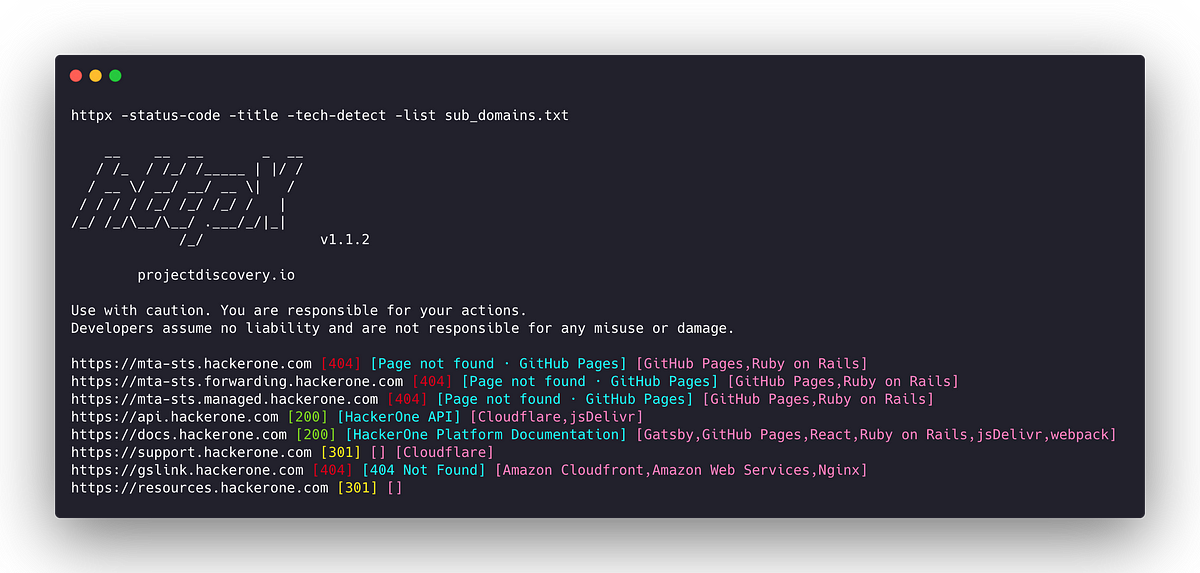BOOK THIS SPACE FOR AD
ARTICLE ADReset password vulnerabilities are a common security flaw that can allow attackers to gain unauthorized access to user accounts by exploiting weaknesses in the password reset process. These vulnerabilities can have serious consequences, including data theft, financial losses, and reputational damage. In this article, we’ll explore the risks, exploits, and prevention strategies associated with reset password vulnerabilities.
Risks of Reset Password Vulnerabilities:
Reset password vulnerabilities can take many forms, but some common risks include:
Account takeover: Attackers may be able to reset the password and gain unauthorized access to a user’s account, allowing them to steal sensitive information or perform malicious actions.Data theft: Attackers may be able to gain access to sensitive data, such as personal information, financial information, or intellectual property.Reputation damage: A successful attack on the password reset process can damage the reputation of the affected organization or application, leading to loss of trust from users and customers.Financial losses: A successful attack may result in financial losses for the affected organization, such as legal fees or regulatory fines.Exploits of Reset Password Vulnerabilities:
Reset password vulnerabilities can be exploited in various ways, including:
Response manipulation: Attackers may manipulate the response from the password reset request to gain access to the user’s account. For example, an attacker may intercept and modify the response to include a new password, which the attacker can then use to access the user’s account.Request manipulation: Attackers may manipulate the request sent during the password reset process to gain unauthorized access. For example, an attacker may modify the reset token in the request to reset the password for a different account.Request array: Attackers may manipulate the request sent during the password reset process by submitting an array of values. This can cause unexpected behavior in the application, potentially leading to a vulnerability.Weak cryptography: If the password reset process uses weak cryptography, such as easily guessable hash values, an attacker may be able to guess or modify the hash value and reset the password without the user’s knowledge.Abusing registration functionality: Attackers may be able to abuse the registration functionality to gain unauthorized access to a user’s account. For example, an attacker may be able to replace the username or email address associated with the account, allowing the attacker to reset the password and gain access to the account.Prevention Strategies for Reset Password Vulnerabilities:
To prevent reset password vulnerabilities, organizations and developers can implement various prevention strategies, including:
Using strong and unpredictable reset tokens: Reset tokens should be long, complex, and unpredictable, making it difficult for attackers to guess or manipulate them.Properly validating the user’s identity: The password reset process should require users to verify their identity through multiple factors, such as email or SMS verification, security questions, or biometrics.Using secure communication channels: All communication during the password reset process should use secure channels, such as HTTPS or end-to-end encryption, to prevent interception or manipulation by attackers.Employing strong cryptography: Strong encryption and hashing algorithms should be used to protect sensitive data, such as passwords or reset tokens.Implementing rate-limiting and other security measures: Rate-limiting, CAPTCHAs, and other security measures can help prevent automated attacks and brute-force attacks on the password reset process.Reset password vulnerabilities are a significant risk to the security and integrity of user accounts and sensitive data. By understanding the risks, exploits, and prevention strategies associated with these vulnerabilities, organizations and developers can take steps to improve their security posture and protect against potential attacks. By implementing best practices for password reset processes, organizations can prevent attackers from exploiting these vulnerabilities and ensure the safety and security of their users
.png)
 1 year ago
60
1 year ago
60 














 Bengali (Bangladesh) ·
Bengali (Bangladesh) ·  English (United States) ·
English (United States) ·